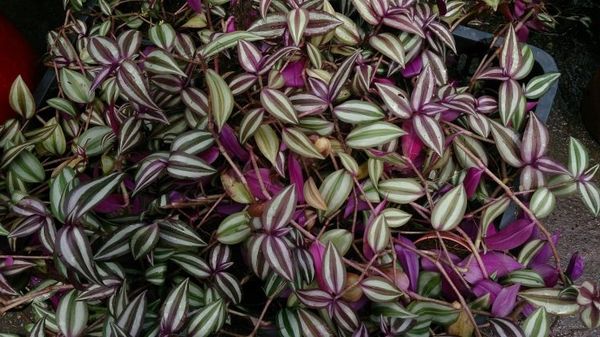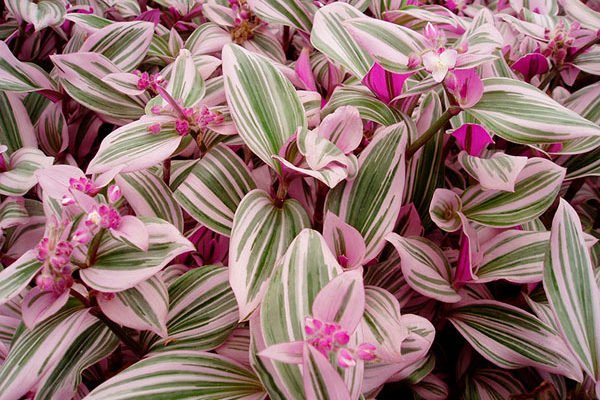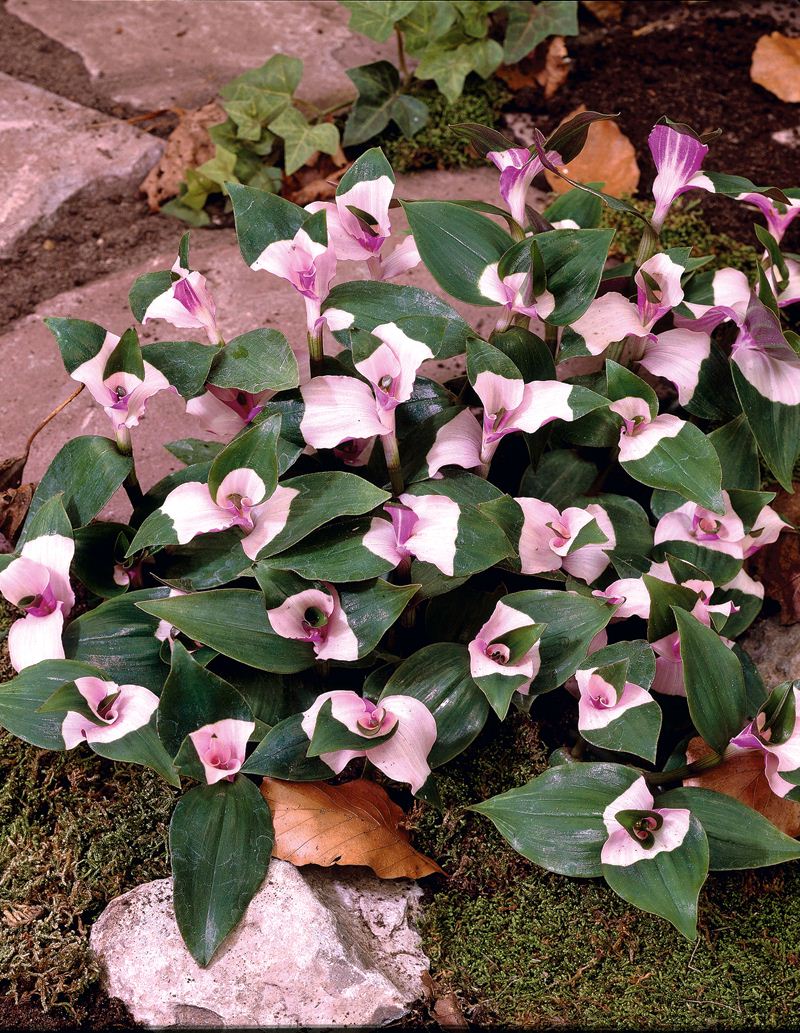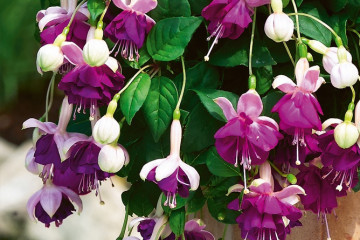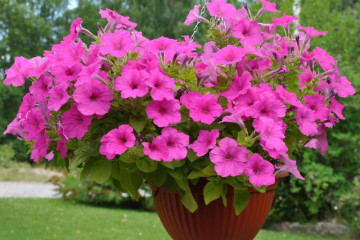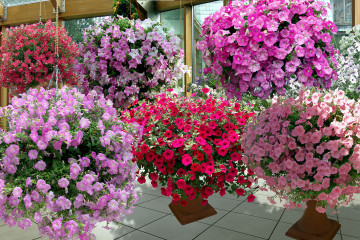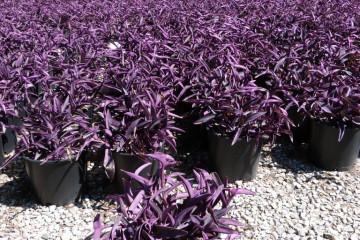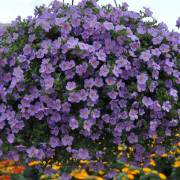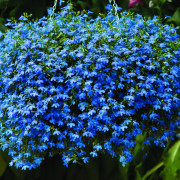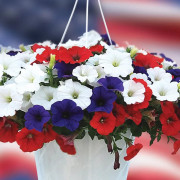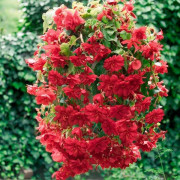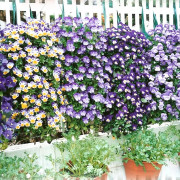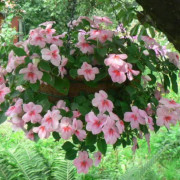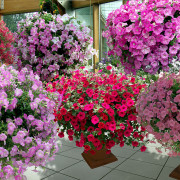Flower tradescantia ampelous: what is this flower
Only a lazy florist does not know about the Tradescantia flower. This plant is very common in apartments in Russia due to its unpretentiousness and ease of care. A beautiful ampelous plant can be found in schools, offices and homes. It is used outdoors in decorative flower beds. There are many types of this beauty, they delight not only with variegated greenery, but also with a variety of shapes and colors.
Botanical description
The plant belongs to the Commelinaceae family, which are common in the wild in the humid forests of the United States (from south to north). They grow mainly in swampy areas with a lot of moisture, cover the soil with a carpet or braid up along natural supports. But in the homeland of plants, when asked what Tradescantia is, they immediately answer - a weed.
There are about a hundred species, they differ from each other in color and shape of leaves. The main characteristics of the plant:
- creeping, creeping or erect shoots (from which you can form a bush). On open soil it grows as a carpet, and in rooms it is more often used as an ampel plant;
- the leaves are densely located on the shoots, the cuttings are short or there are none at all, and the leaf bends around the shoot;
- the shape of the leaves can be oval, ovoid or lanceolate;
- the color of the leaves is varied: from dark green to light green shades. There are silvery, pink, lilac and those in which the reverse side of the leaf is painted in burgundy or dark purple shades;
- the leaves of some delight with bright stripes of white, pink and lilac shades. Others have fringes on leaves and flowers. A similar one occurs in fluffy tradescantia;
- flowers on indoor tradescantia are small, collected in bunches, located at the ends of the shoot or distributed along its entire length;
- color range of inflorescences from white to lilac. Stamens are yellow, white with dense long bunches. Garden varieties are distinguished by large flowers.
She is simple and picky to care for, she loves light and humidity. Propagation by cuttings is the easiest way for the home. In summer it adjusts to the heat of 25-28 ° С, in winter it can feel comfortable at temperatures below 10 ° С. Need pruning to form a bush and replant every spring. After 3-4 years, the shoots lose their decorative effect, and the plant needs to be completely renewed.
The soil is needed mixed from woody soil, peat and sand in a ratio of 2: 1: 1. Top dressing is necessary in the summer, twice a month, alternating between organic and mineral fertilizers.
The problems that the owners of this bright representative of the Kommelinovs may face are associated with incorrect conditions:
- pale leaves appear when direct sunlight hits the plant;
- thin and bare stems - lack of light, this phenomenon is often observed in winter;
- with an excess of moisture, putrefactive spots may appear on the stems, which means that the root system has also already begun to rot from an excess of moisture. It is better to update such a plant and monitor watering;
- aphids, bugs and ticks can also attack Tradescantia.
Variety of species and varieties of Tradescantia
Tradescantia with its unpretentiousness has earned the love of breeders, who added unusual combinations of colors and shades to its natural varieties.The most famous and interesting species of this unusual herbaceous creeper:
- tradescantia purple. This perennial crop has small, pointed leaves, the color of which mixes dark green and purple hues. The reverse side of the foliage is pubescent and has a rich purple color. To maintain the decorative coloration of the leaves, good lighting must be provided. Inflorescences are small pink or crimson;
- white tradescantia is the most common in Russian apartments and offices. The creeping stems have dense ovoid, wide leaves. The flowers are white with white stamens, but this species rarely blooms. White Tradescantia has many subspecies. There are striped ones with white or pink stripes. And the most unusual tricolor - the strip in the center is painted pink, and the side ones are white;
- riverine tradescantia (myrtle-leaved). A variety of riverine Tradescantia is also a frequent inhabitant of Russian houses. It differs from white in size and foliage density, belongs to small-leaved species. The stem is thinner and purple in color, the reverse side of the leaves is completely purple or with spots. The flowering of this beauty can be enjoyed at different times of the year. It pleases the eye with small white flowers scattered in bunches along the shoot. The subspecies of this variety surprise with a variety of colors: silver or yellow stripes, leaf plates completely pink;
- variegated tradescantia. The leaves of this species are white with green stripes. It looks very decorative and festive. The densely planted leaves of this species make it possible to create a lush bush and decorative composition;
- Tradescantia is pink. Her second name is the shy bride. A very unusual decorative look that changes its color over time. Young leaves are painted in a pale pink color, and which, at level 3-4, already begin to turn green, starting from the pointed tip of the leaf plate to the base;
- Tradescantia nanuk is another unusual hybrid. The color, shape and growth of the leaves are similar to white tradescantia. These are green leaves with white stripes. In the nanook species, the back of the leaf is painted in a bright purple color. The young, just emerging leaf has the same rich color. It is best to pinch the decorative look and form an unusual bush.
In addition to appearance, flower growers are in a hurry to buy a real healer for their home. Indoor Tradescantia helps clean the air in the room from harmful secretions and microbes.
Cultivars with white leaves can irritate the skin from the sap. Hence, rumors are born about the toxicity of Tradescantia and whether it can be kept at home. The indoor beauty does not contain poisons and harmful substances; with careful care, it is absolutely harmless. The main thing is to choose the right type and provide it with the required care.
